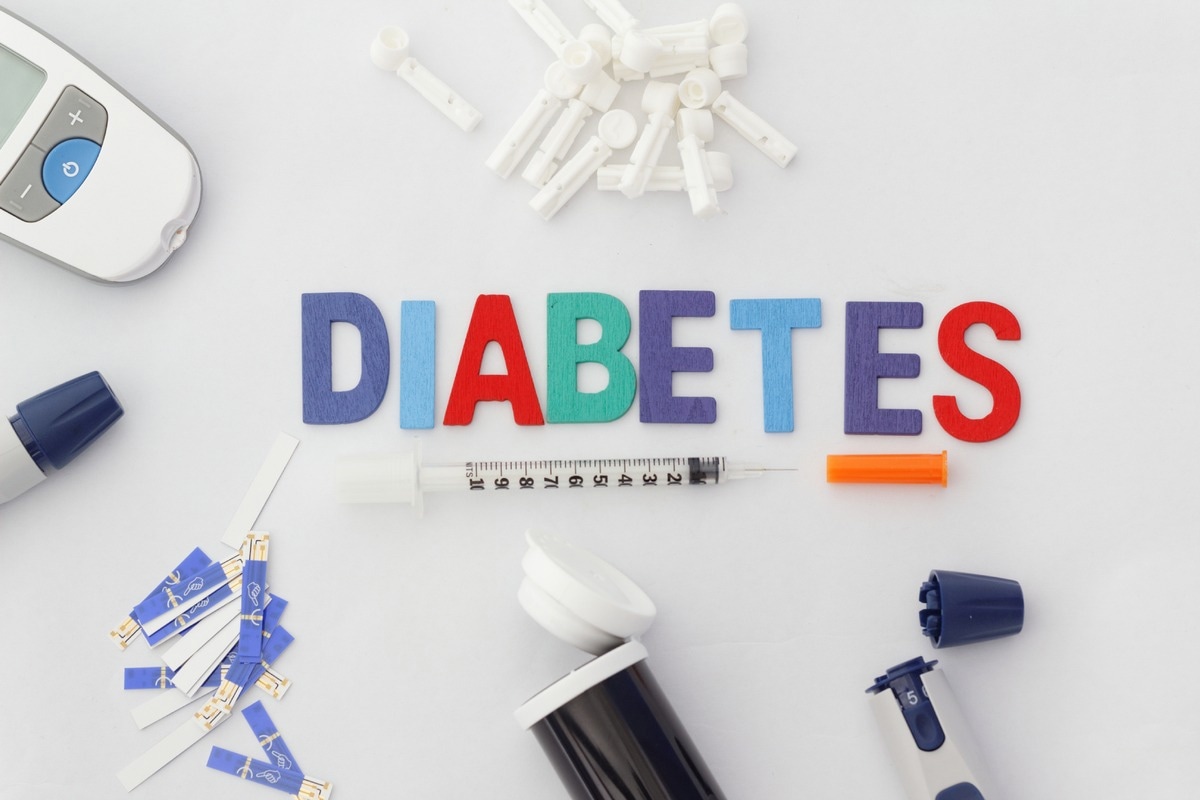How Can Mindfulness Meditation Improve Sleep?

These findings were published in the PLOS ONE journal in January.
Sleep disturbance in adults
Sleep is a basic homeostatic need and is critical for the maintenance of normal cognitive and metabolic functions. Sleep disturbance is very common in adults and can arise a result of various environmental, psychosocial, and lifestyle-associated risk factors.
In a study evaluating the prevalence of sleep disturbance in adults, 60% of American adults reported that they live with some form of sleep disturbance such as excessive sleeping, disrupted sleep-wake cycles, and restlessness.
Sleep disturbance causes both adverse short- and long-term effects. Previous studies demonstrate that these disturbances may cause prolonged activation of the sympathetic nervous system and hypothalamic-pituitary-adrenal (HPA) axis.
Activation of both the sympathetic nervous system and HPA axis results in the secretion of adrenocorticotropic hormone (ACTH – a hormone that stimulates the production of cortisol) and cortisol, both of which are normally secreted during stress. Prolonged activation, as a result of sleep disturbance, causes further secretion of these hormones which in turn causes both short- and long-term consequences associated with chronic stress.
The circadian rhythm is also disrupted as a result of sleep disturbance. The circadian rhythm is responsible for regulating our sleep-wake cycle and is controlled by physiological and behavioral rhythms. The circadian rhythm also regulates metabolic activity by sending cues for physical activity and food consumptions and by regulating our heart rate and body temperature.
These processes are all regulated by neurons of the hypothalamus. In sleep disturbance, these neurons are damaged and/or lost meaning that these processes are no longer regulated. The circadian rhythm therefore can no longer regulate food consumption, physical activity, and the sleep-wake cycle. This results in both short- and long-term consequences.
Short-term effects of sleep disturbance consist of the primary outcome, fatigue, and secondary outcomes: daytime sleepiness and pre-sleep arousal. Pre-sleep arousal exists in two forms, cognitive (e.g., intrusive thoughts) and somatic arousal (e.g., headaches). Long-term effects of sleep disturbance are more severe, such as obesity, cardiovascular disease, anxiety, and depression.
Current pharmacological treatments for sleep disturbance are intensive, are not widely tolerable, and often are paired with side effects. Treatments for highly severe sleep disturbance (e.g., insomnia) usually involve cognitive behavioral therapy (CBT). CBT is also intensive, poorly tolerated and is costly, and therefore is not widely accessible.
Mindfulness mediation is a less intensive method of intervention which previous studies have found to be effective in treating sleep disturbance. Not only is mindfulness meditation less intensive but also is low cost and much more accessible than any other treatment option.
Aim of the study
This study was carried out to determine the effects of the mobile mindfulness mediation app, Calm, on primary and secondary outcomes of sleep disturbance, namely fatigue, daytime sleepiness, and pre-sleep arousal. Sleep data was collected from adults with sleep disturbance and compared with the data of adults with no sleep problems.
The calm app
Calm is a mindfulness meditation app, commonly used by adults with mental health conditions such as anxiety and depression. The mindfulness meditations available on Calm are grounded in mindfulness-based stress reduction and the sleep stories are grounded in sensory immersion and present moment awareness.
Many studies have demonstrated that Calm significantly improves psychiatric conditions such as anxiety in adults. At present, there are few studies, including those mentioned, that evaluate the effect of Calm on sleep disturbance in adults.
Findings of the study
From this study, researchers found that levels of fatigue largely decreased in adults with sleep disturbance compared with controls. Levels of daytime sleepiness and pre-sleep arousal also decreased following the eight-week trial in adults with sleep disturbance compared with controls.
These findings show that the mindfulness meditation app, Calm, is beneficial in reducing outcomes of sleep disturbance in adults, such as fatigue, daytime sleepiness, and pre-sleep arousal.
What is the future like for mindfulness mediation and sleep?
This study is the first that tests a meditation mobile app for its effects on sleep disturbance in a randomized controlled trial. These findings therefore are a ground-breaking step towards future research involving the use of meditation apps as an alternative treatment for sleep disturbance.
References:
- Huberty, J. L., Green, J., Puzia, M. E., Larkey, L., Laird, B., Vranceanu, A.-M., Vlisides-Henry, R., & Irwin, M. R. (2021). Testing a mindfulness meditation mobile app for the treatment of sleep-related symptoms in adults with sleep disturbance: A randomized controlled trial. PLOS ONE, 16(1), e0244717. https://doi.org/10.1371/journal.pone.0244717
- Medic, G., Wille, M., & Hemels, M. (2017). Short- and long-term health consequences of sleep disruption. Nature and Science of Sleep, Volume 9(9), 151–161. https://doi.org/10.2147/nss.s134864
- Shallcross, A. J., Visvanathan, P. D., Sperber, S. H., & Duberstein, Z. T. (2019). Waking up to the problem of sleep: can mindfulness help? A review of theory and evidence for the effects of mindfulness for sleep. Current Opinion in Psychology, 28, 37–41. https://doi.org/10.1016/j.copsyc.2018.10.005









